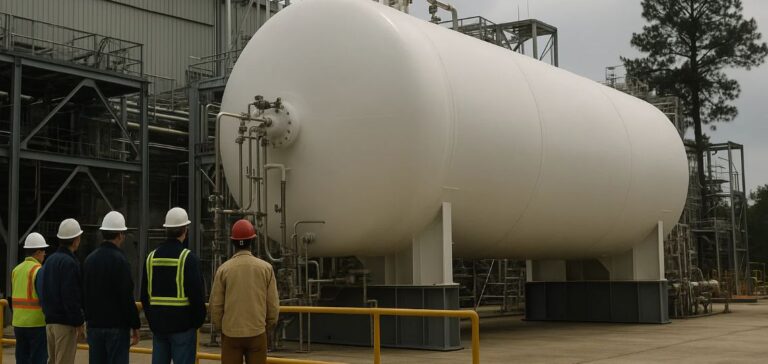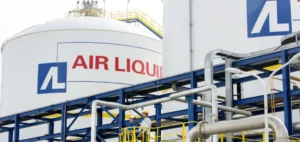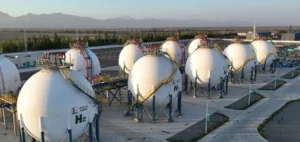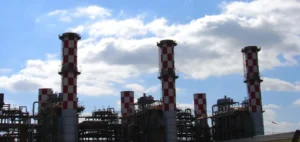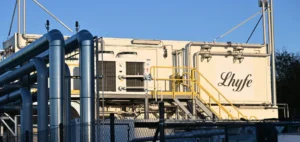CB&I, a subsidiary of McDermott International, in collaboration with Shell International Exploration and Production, Inc., GenH2 and the University of Houston, has announced the completion of a prototype design for a large-scale liquid hydrogen (LH2) storage tank at NASA’s Marshall Space Flight Center (MSFC) in Huntsville, Alabama. This technological innovation, developed with support from the United States Department of Energy (DOE), aims to deliver cost-effective hydrogen storage adaptable to the needs of international trade.
A non-vacuum design to lower costs
Initiated in 2021, the project is based on a novel non-vacuum tank concept capable of storing up to 100,000 cubic metres of LH2. This system differs from traditional vacuum-insulated models through its potential for large-scale cost reductions. To demonstrate the concept’s feasibility, a smaller-capacity demonstration tank has been constructed at MSFC, with planned tests involving fill and discharge cycles as well as evaluation of cryogenic insulation materials in a non-vacuum environment.
This testing infrastructure will significantly increase the NASA site’s hydrogen storage capacity and serve to gather critical data on material performance under realistic cryogenic conditions. The tank will undergo an initial six-month testing campaign, and a reuse agreement with NASA will allow continued research and development for an additional five years.
Industry, academic and government collaboration
This development is the result of a joint effort across industry, academia and the public sector. CB&I, which has constructed over 130 LH2 tanks since the 1960s, is leveraging six decades of experience, particularly from its involvement in U.S. space programmes. Shell, through its hydrogen technology division, is participating in the project to advance commercialisation of innovative storage solutions.
Cryogenic technology specialist GenH2 contributed to the development of thermal insulation systems tested in the project. The University of Houston provided expertise in energy modelling and material analysis. According to project partners, this storage solution could enable a more flexible and affordable global hydrogen trade infrastructure.
Towards scalable industrial export capacity
The DOE views this prototype as a major step forward in developing U.S. hydrogen export capabilities. The initiative aligns with national objectives to expand energy markets related to hydrogen and its derivatives. In 2022, CB&I had already delivered a 5,000 cubic metre tank for the Artemis programme at Kennedy Space Center, building on the original 170 cubic metre design from the 1960s.
Data collected during the MSFC testing phase will help refine the large-scale tank design, with commercialisation targeted in the coming years. The project reflects the American industrial ambition to establish global liquid hydrogen logistics chains.


